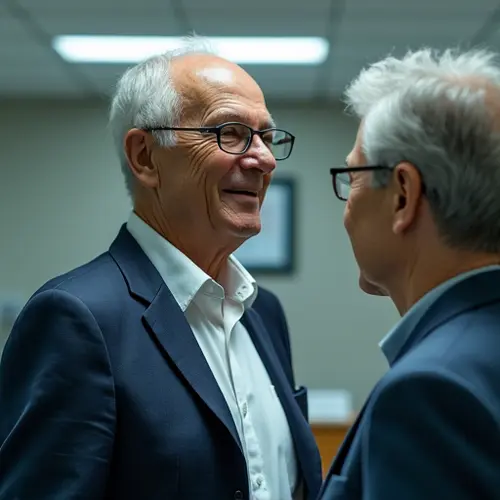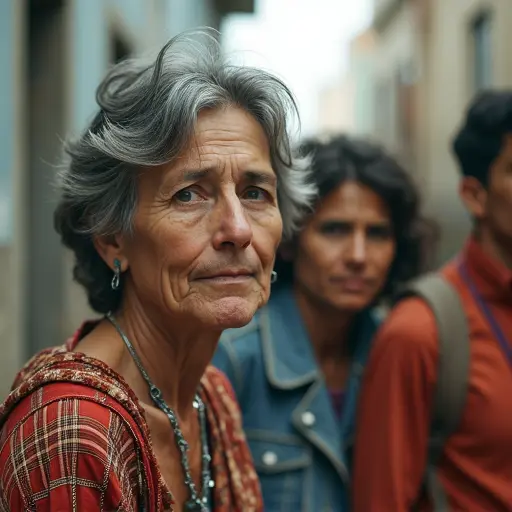Societies worldwide are adapting to aging populations through policy reforms and tech innovations. The Global Aging Society Index shows high-income countries lead, while 2025 priorities include funding aging services and expanding telehealth. Barriers like cost and gender disparities persist.

Global Shift: The Rise of Aging Populations
The world is undergoing a profound demographic transformation as populations age at an unprecedented rate. According to Wikipedia, population ageing is characterized by an increase in the median age, driven by declining fertility rates and improved longevity. By 2050, the number of people aged 65 and over is projected to double from 703 million in 2019 to 1.5 billion, with 80% of older adults residing in low- and middle-income countries. This shift poses significant challenges for societies, including strains on healthcare systems, pension funds, and social services. As James O'Connor notes, 'Adapting to this demographic reality requires innovative policies and technologies to ensure quality of life for all ages.'
Measuring Societal Adaptation
A recent study in Nature Aging introduces the Global Aging Society Index, which assesses how 143 countries are adapting across five domains: well-being, productivity and engagement, equity, cohesion, and security. High-income countries like Switzerland, Norway, and Denmark lead the rankings, scoring above 80, while low-income nations lag due to resource constraints. The index reveals that only 3.5% of countries score higher for women than men, highlighting gender disparities in aging outcomes. Researchers emphasize that this tool helps policymakers identify gaps and prioritize interventions for inclusive aging.
Policy Interventions in 2025
In response, governments are rolling out adaptive measures. For instance, the National Council on Aging (NCOA) advocates for reauthorizing the Older Americans Act (OAA) in 2025, which funds critical services like meal programs and caregiver support. With a $392 million funding gap, bipartisan efforts are crucial to address the needs of older adults. Similarly, extending the Medicare Improvements Act beyond March 2025 is vital for affordable healthcare access. As one policy expert stated, 'Without timely action, we risk leaving seniors behind in an increasingly digital world.' Preventative strategies, such as incentivizing higher birth rates or immigration, are also being debated to balance age demographics.
Technological Innovations for Aging
Technology is playing a key role in easing the burden. A 2025 AARP report finds that 80% of adults over 50 own aging-related tech, with smart health devices like medical alerts and glucose monitors gaining traction. The market is projected to reach $120 billion by 2030. Innovations include AI-powered health monitoring, assistive robotics, and smart home systems that enable aging in place. However, barriers like cost and reliability persist, with 64% of seniors feeling that tech isn't designed for them. Companies are responding with user-friendly designs, as seen in elderly care innovations highlighted for 2025.
Healthcare System Challenges
The aging surge is straining healthcare infrastructure. A study warns that by 2030, one in five Americans will be 65 or older, exacerbating physician shortages and system inefficiencies. Telehealth and integrated care models are emerging as solutions, but equity remains a concern, especially in rural areas. 'We need a holistic approach that addresses social determinants of health,' says a healthcare analyst. Countries are exploring public-private partnerships to scale up services and reduce costs.
Future Outlook and Recommendations
Looking ahead, successful adaptation hinges on cross-sector collaboration. The UN urges nations to accelerate policy reforms, focusing on education, workforce training, and intergenerational solidarity. As populations age, societies must foster environments where older adults can contribute actively through volunteerism or part-time work. Ultimately, embracing innovation and equity will be key to turning demographic challenges into opportunities for sustainable development.

 Nederlands
Nederlands
 English
English
 Français
Français
 Español
Español
 Português
Português
 Deutsch
Deutsch









